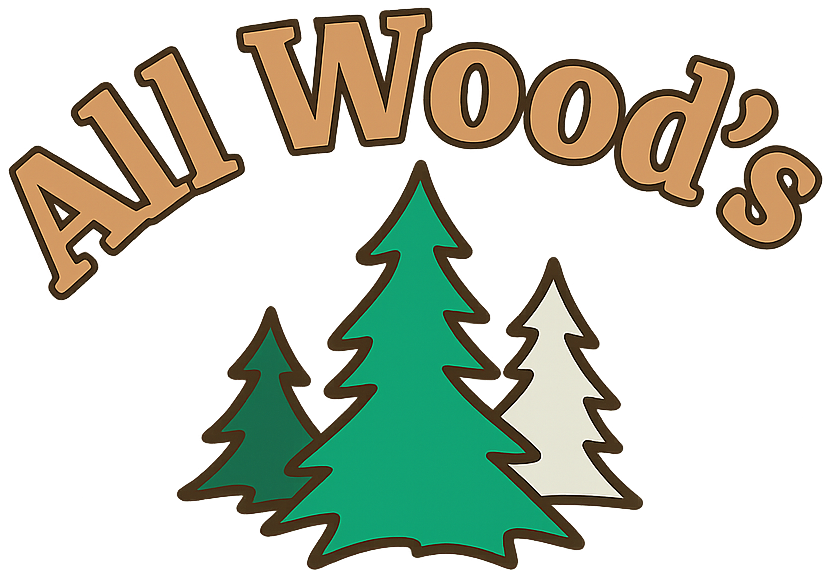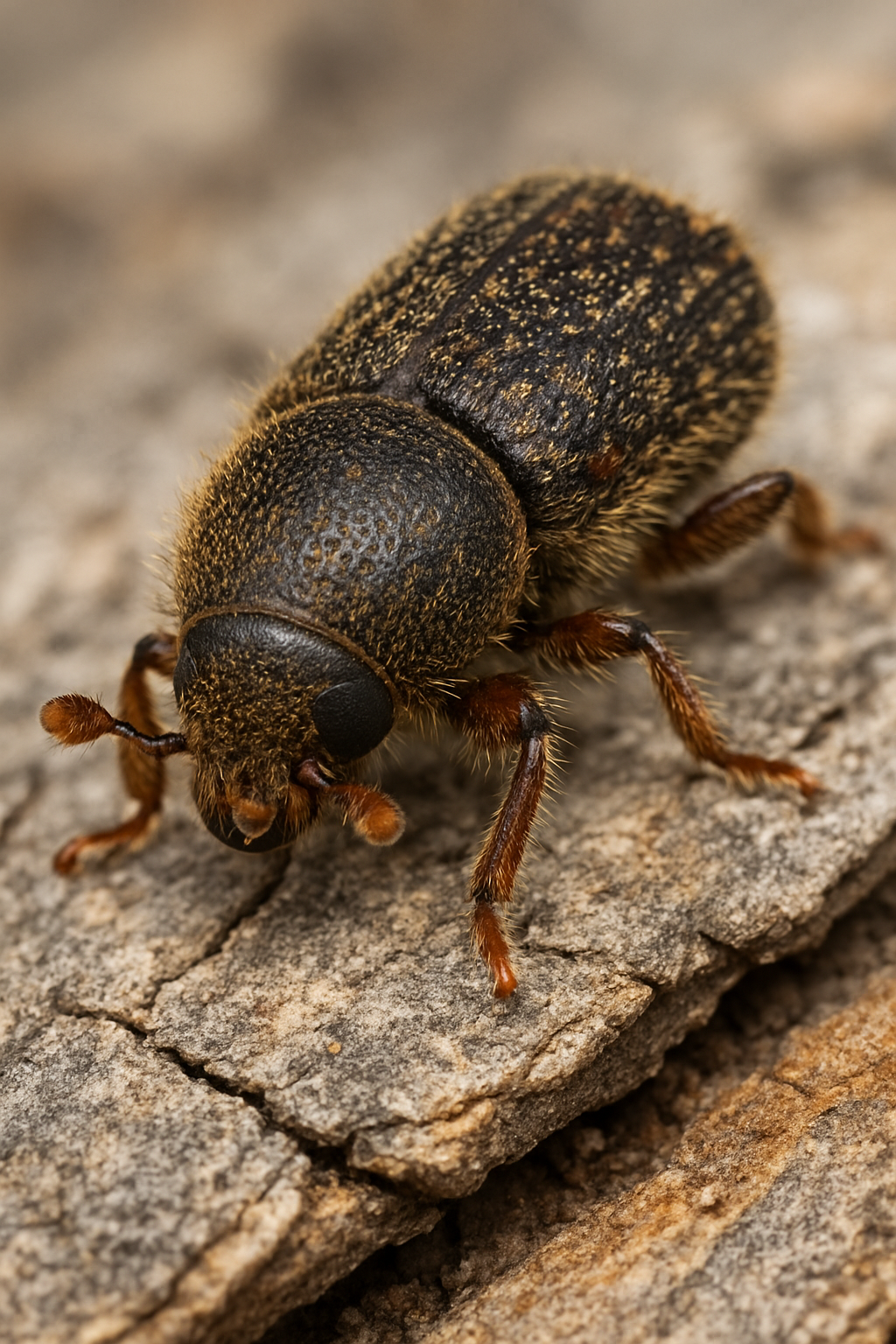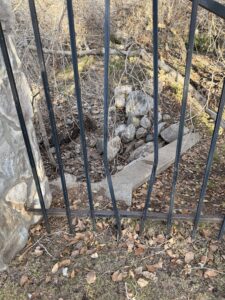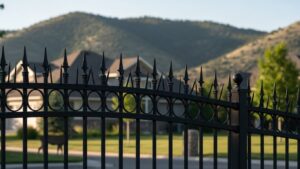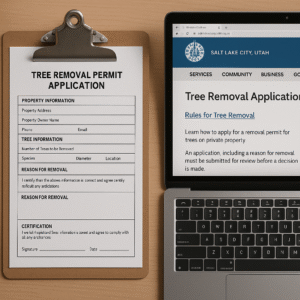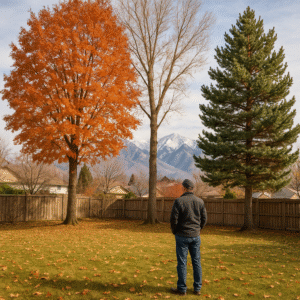As a homeowner in Northern Utah, your trees aren’t just part of your landscape—they’re part of your home’s identity, value, and safety. Unfortunately, this year many homeowners will face a mounting threat: the Mountain Pine Beetle (scientific name Dendroctonus ponderosae) is on the move, and the key driver behind its surge in 2025 is the trend toward warmer winters. Let’s unpack what this means for your property, how to spot and address pine beetle damage, and what proactive steps you can take to protect your trees.
What is the Mountain Pine Beetle?
The Mountain Pine Beetle is a native bark-boring insect found across the western United States and Canada. Broadly speaking:
- It targets pine species, especially lodgepole, ponderosa, limber, and whitebark pines.
- The beetles bore into the bark, lay eggs beneath it, and introduce a blue-stain fungus that compromises tree health.
- Affected trees often die within months to a year after attack.
For homeowners in Northern Utah, the risk is real. Even a single tree under attack can become a source of spread for adjacent pines. Recognizing early signs of pine beetle damage is critical.
Why Warmer Winters = More Pine Beetle Damage in 2025
Here’s the core of the issue: in 2025 the conditions for beetle survival and reproduction are more favorable than they’ve been in decades. Below are the key factors, and why they matter to your trees.
Increased Overwinter Survival
Historically, cold winters provided a natural check on beetle populations. Deep freezes would kill many larvae and adult beetles under the bark. But rising winter temperatures in the Intermountain West mean fewer beetles are dying off. A recent article notes that warmer, drier conditions are making ideal breeding ground for these insects.
With higher survival, the beetle population can build at a faster pace and start attacks earlier in the season.
Faster Life Cycles and Expanded Range
With warmer temperatures, beetles can move more quickly through their life cycle and at higher elevations. Some regions are seeing what used to take two years compressed into one. For example, research shows that when temperatures allow, mountain pine beetle populations can expand rapidly. In practical terms, trees in Northern Utah’s foothills or high-elevation lots that were previously somewhat protected may now be at much higher risk.
Stressed Trees = Easy Targets
Healthy trees defend themselves by producing resin (pitch) that can “pitch out” attacking beetles. However, when trees are stressed by drought, poor soil, root damage or previous wounds, their defenses drop. Warm, dry winters often transition into droughty springs and summers. Utah’s forest health leaflets note that drought weakened trees are far more likely to be attacked.
For homeowners, this means even well-kept pines may be vulnerable if nearby conditions (irrigation, competition from other trees, soil compaction) are sub-optimal.
Dense Stands and Urban Settings Make Spread Easier
When trees are crowded—particularly older pines planted close together or in a monoculture setting—they compete for water and nutrients and are less resilient. Crowded pines also make it easier for beetles to leap from one tree to the next. One management article emphasizes thinning and diversifying tree species as a key prevention strategy.
In suburban or mountain-neighborhood settings around Northern Utah, that means your yard may not be immune just because you care for your trees well.
Key Statistics Homeowners Should Know
- The beetle is considered the most destructive bark beetle pest of pine forests in the Western U.S.
- One report notes that millions of acres of pine forest have been killed by mountain pine beetle across North America.
- In Utah, trees with more than 75% of their circumference attacked are considered unsavable.
- Preventive insecticide sprays, when applied correctly and before attack, can protect individual trees for 16 to 18 months.
These numbers underscore why early action matters—not just for forests, but for the trees in your yard.
Q & A for Homeowners
Q: My pine tree looks fine now—should I worry anyway?
A: Yes. Because beetles may attack before visible symptoms appear, it’s wise to monitor proactively. If conditions are favorable (warm winter, drought stress, crowding), your trees are at higher risk. Early visual checks (needle color, pitch tubes) and professional inspections help.
Q: How can I tell pine beetle damage from simple drought stress?
A: While drought-stressed trees may show browning or needle drop, beetle damage typically includes specific signs: small, popcorn-shaped resin blobs (pitch tubes) on the trunk, fine reddish-brown sawdust (frass) at the base, and needle discoloration starting at the crown and moving downward.
Q: If a tree has pine beetle damage, can it be saved?
A: It depends on how early you act and how severely the tree is attacked. Trees with only light, recent attacks may benefit from professional treatments. Trees with major girdling, more than ¾ circumference attacked, or reddened needles for a year are unlikely to recover.
Q: What happens if I do nothing?
A: Without intervention one infested tree can become the source for beetles to spread to neighboring trees. Beyond tree loss, you face increased fire risk, falling hazard, and potential property value decline. The broader implications for your lot and neighborhood are serious.
What To Look For: Early Signs of Pine Beetle Damage
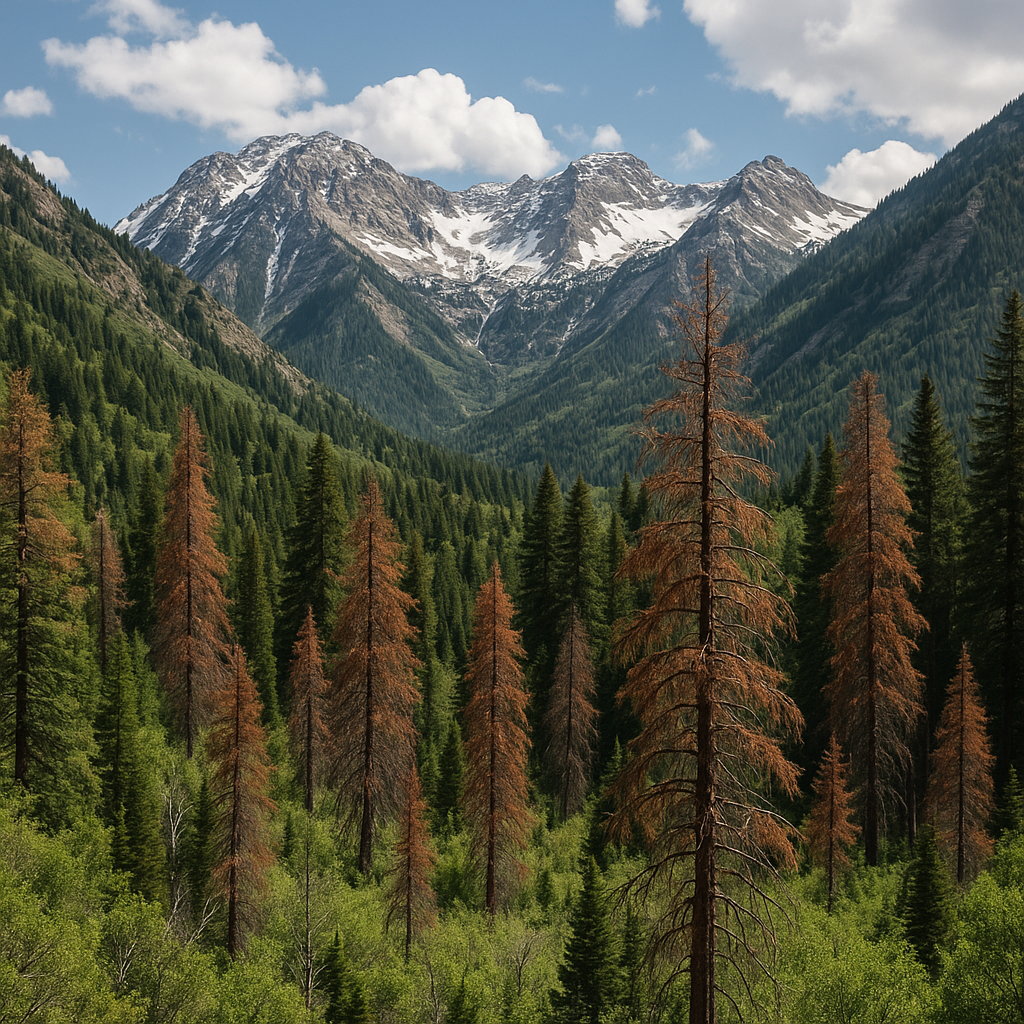
Here’s a homeowner-friendly checklist:
- Needle color change: Green → dull green → yellow → reddish-brown (often starting in the upper crown)
- Pitch tubes: Small cream to pinkish blobs of resin on the lower 15 ft of the trunk
- Fine reddish-brown sawdust (“frass”) in bark crevices or at the base of the tree
- Increased woodpecker activity or bark flakes on the ground
- Small round exit holes in bark (on smooth-barked trees)
- Under the bark (if peeled): Horizontal or “mother” gallery with branching larval tunnels, blue stain in sapwood fungus presence
If you spot one or more of these, it’s time to act.
How to Protect Your Trees (Especially in 2025)
Given the elevated risk due to warmer winters and beetle population pressure, here are home-owner specific actions:
- Maintain strong tree health: Regular watering during drought, proper mulching, avoiding construction damage to roots.
- Inspect regularly all year: Late spring through early summer is key for active flights; keep an eye on old pines especially in dense settings.
- Thin crowded stands: If your pines are spaced too close or compete heavily for water, consider thinning to reduce stress and spread-risk. This also improves overall tree vigor.
- Apply preventive treatments: For high‐value trees (yard pines, trees near structures) ask a certified arborist about insecticide sprays or trunk injections ahead of peak beetle activity. Utah guidance notes protective sprays applied by end of June are most effective.
- Remove or isolate infested trees promptly: To prevent spread, trees already attacked need to be handled before beetles emerge to attack neighbors. Disposal options include chipping, burning (with fire safety), or moving wood.
A Tree-Health Action Plan for Your Property
Here’s a suggested plan tailored to Northern Utah homeowners:
- Spring (March–May):
- Walk your property, inspect crowns and trunks of all pines.
- Identify high‐value trees (near home, landscape focal point) and mark them.
- Check soil moisture around trees; irrigate deeply if needed.
- Early Summer (June):
- Look for pitch tubes and fresh sawdust.
- If you haven’t already, engage an arborist to evaluate preventive treatments.
- Remove any wood debris or infested trees from past years.
- Mid-Summer to Fall (July–Sept):
- Continue inspections every 2-4 weeks if you suspect risk.
- If a tree turns red or brown in the needles, treat as likely unsavable and plan removal.
- Begin planning removal or thinning zones before winter.
- Winter (Oct–Feb):
- Evaluate your tree spacing and forest/yard design for the coming season.
- Schedule work early: thinning, clean‐up, professional consults.
- Prepare for 2026 by evaluating past preventive work and adjusting.
How All Woods Tree Service Can Help
At All Woods Tree Service, we understand the heightened risk posed by warmer winters and expanding bark beetle activity in Northern Utah. Our team offers homeowners:
- Professional tree inspections to spot early signs of pine beetle damage
- Preventive treatment options tailored to high‐value trees and landscape objectives
- Safe, efficient removal of dead or infested trees to protect surrounding trees and property
- Landscape planning for long-term tree health, spacing, thinning, and species diversification
If you have pines on your property and want peace of mind this summer, we encourage you to schedule a consultation. Early intervention can make the difference. Protecting your trees now means protecting your home’s value, safety, and beauty.
In 2025 the combination of warmer winters, stressed trees, and favorable conditions for beetle spread means that even well cared for properties are at elevated risk for mountain pine beetle damage. The good news is that as a homeowner you can make a difference—with vigilance, proactive care, and the right professional partner. If you suspect any signs of infestation or simply want a health check for your pines, reach out to All Woods Tree Service today and take action while it still matters.
